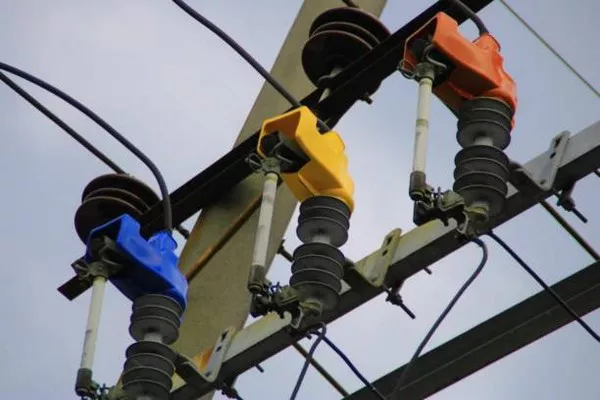Class 2 transformers play a crucial role in various electronic systems, providing a safe and efficient means of voltage conversion. These transformers are specifically designed to meet stringent safety standards, making them ideal for use in low-power applications. In this article, we will delve into the intricacies of Class 2 transformers, exploring their design, applications, and the significance they hold in modern electronic devices.
Understanding Class 2 Transformers
Class 2 transformers, classified according to the National Electrical Code (NEC), are transformers that comply with specific safety standards for power output and wiring. The NEC establishes safety guidelines to prevent fire hazards and electrical shocks, and Class 2 transformers adhere to these standards by limiting their output power to a safe level. The primary purpose of these transformers is to step down high-voltage AC (alternating current) to low-voltage AC, creating a safer power supply for electronic devices.
Design Characteristics
Class 2 transformers are characterized by their design features, which ensure both safety and efficiency. One key aspect is the output power limitation, typically set to 100 VA (volt-amps) or lower. This ensures that even in the event of a fault, the energy released is not enough to cause significant damage or pose a safety risk. Additionally, these transformers often incorporate overcurrent protection mechanisms, such as thermal fuses or circuit breakers, to further enhance safety.
The construction of Class 2 transformers involves the use of insulating materials and techniques to prevent electrical leakage and maintain a high level of dielectric strength. This is crucial for preventing electrical arcing and ensuring the longevity of the transformer. The compact and lightweight design of Class 2 transformers makes them suitable for integration into a wide range of electronic devices.
Applications of Class 2 Transformers
Low-Power Electronic Devices: Class 2 transformers find widespread use in low-power electronic devices such as doorbell systems, thermostat controls, and LED lighting. These transformers provide a reliable and safe power source for these applications, ensuring that the devices operate within the prescribed voltage limits.
HVAC Systems: Heating, ventilation, and air conditioning (HVAC) systems often incorporate Class 2 transformers to power control panels, thermostats, and damper actuators. The safety features of Class 2 transformers are particularly important in HVAC applications where reliability and safety are paramount.
Security Systems: Security and surveillance systems rely on Class 2 transformers to power cameras, sensors, and control panels. The low-voltage output of these transformers is well-suited for such applications, where safety and reliability are critical components of overall system functionality.
Medical Devices: Certain medical devices, such as patient monitoring equipment and diagnostic tools, utilize Class 2 transformers to ensure a safe and stable power supply. The stringent safety standards make these transformers a preferred choice in the medical field where patient safety is of utmost importance.
Automotive Electronics: In the automotive industry, Class 2 transformers are employed in various electronic components, including infotainment systems, sensors, and lighting controls. The compact size and safety features make them well-suited for integration into the limited space available in vehicles.
Significance of Class 2 Transformers
Safety Compliance: The primary significance of Class 2 transformers lies in their adherence to safety standards. By limiting the output power and incorporating safety features, these transformers minimize the risk of electrical hazards, fire, and damage to connected devices. This compliance ensures that electronic systems using Class 2 transformers meet regulatory requirements.
Reliable Power Supply: Class 2 transformers provide a reliable and stable power supply to electronic devices. The controlled voltage output ensures that sensitive components within these devices operate within their specified ranges, contributing to the overall performance and longevity of the equipment.
Versatility and Integration: The versatility of Class 2 transformers allows them to be seamlessly integrated into a diverse array of electronic systems. Their compact design and compatibility with low-power applications make them a preferred choice for manufacturers seeking to design efficient and safe electronic devices.
Cost-Effective Solutions: Class 2 transformers offer a cost-effective solution for powering low-voltage electronic devices. Their design, which focuses on safety and efficiency, provides manufacturers with a reliable component that meets safety standards without unnecessary costs associated with higher-powered transformers.
See Also :What Is The Cost Of A Electrical Transformer?
Conclusion
In conclusion, Class 2 transformers play a pivotal role in the realm of electronic devices, offering a safe and reliable power source for a myriad of applications. Their compliance with stringent safety standards, compact design, and versatility make them a preferred choice for manufacturers across various industries. As technology continues to advance, the demand for low-power, safe, and efficient transformers like Class 2 transformers is expected to rise, further solidifying their significance in the world of electronics.

